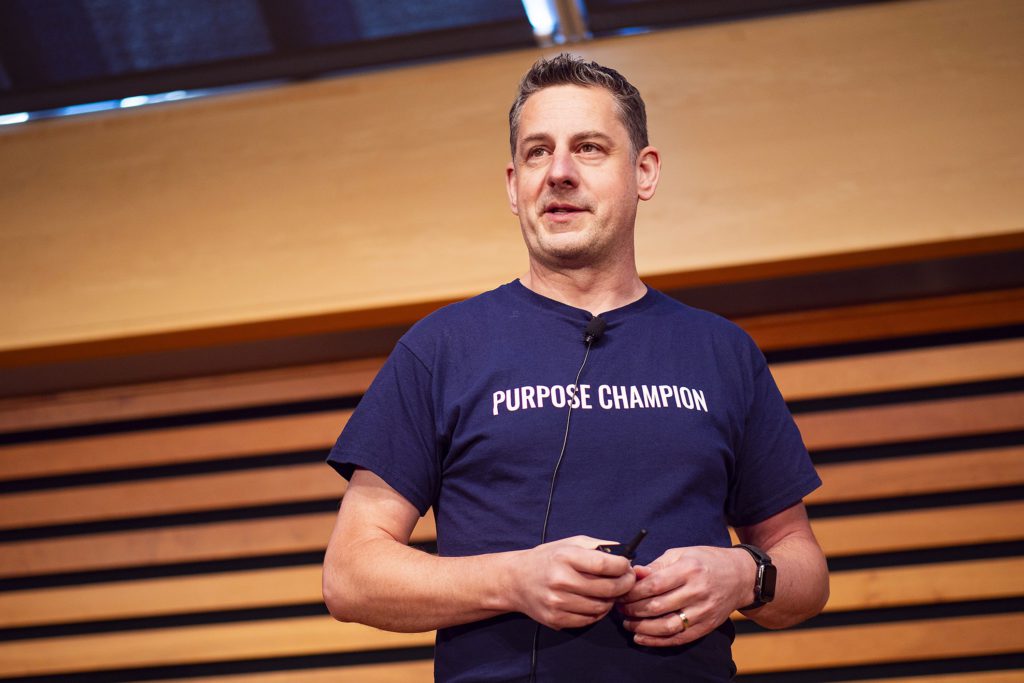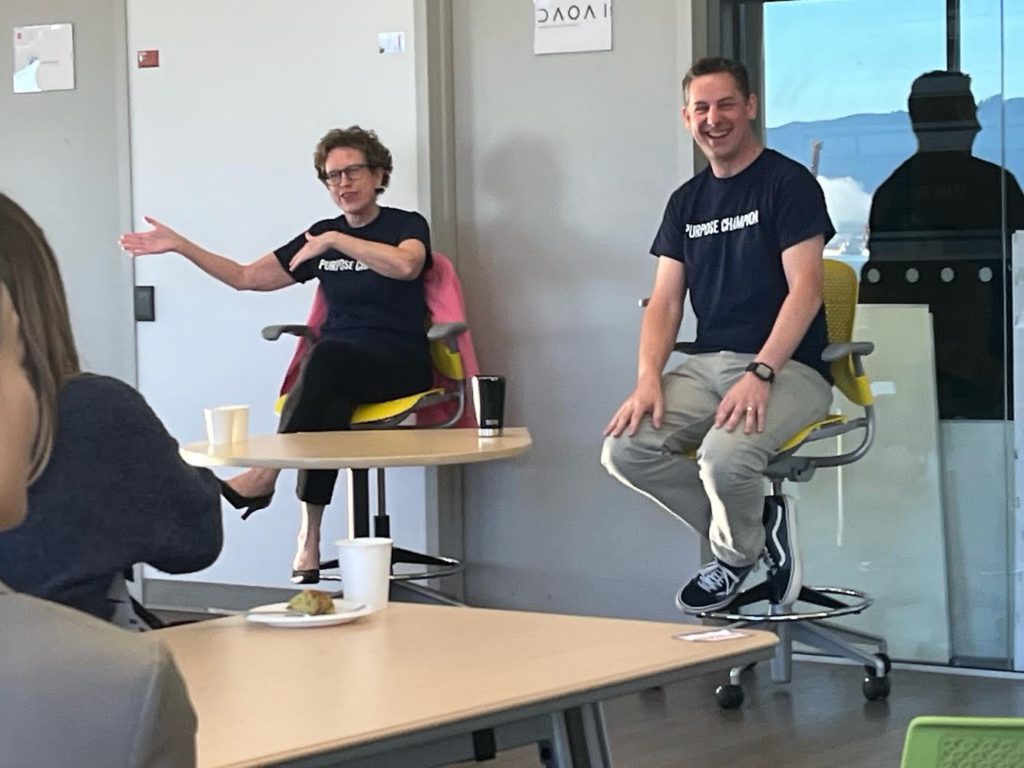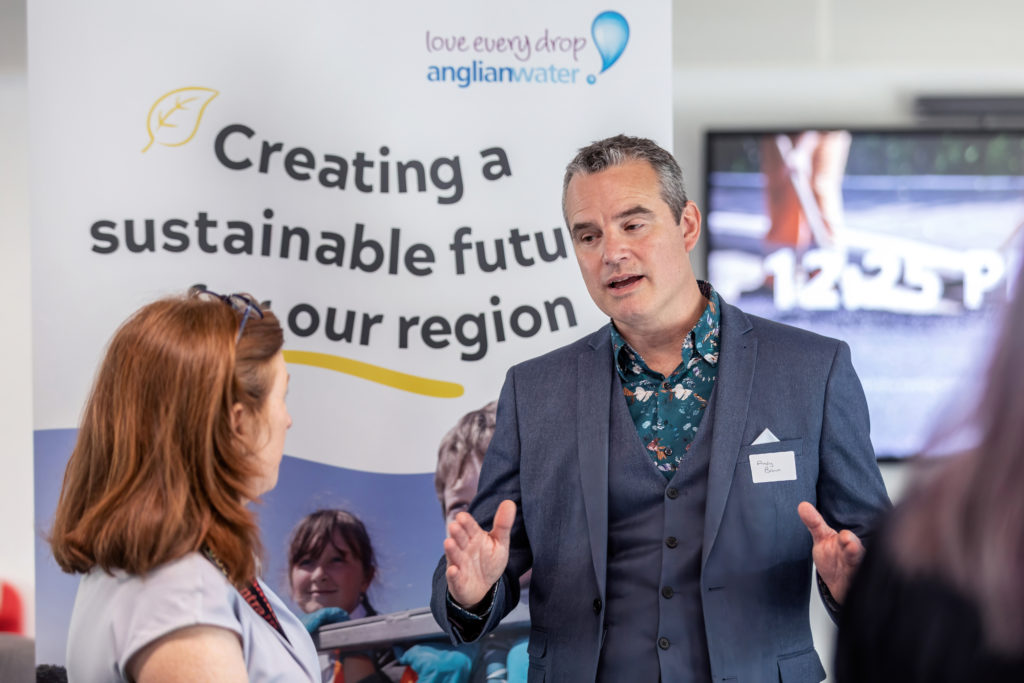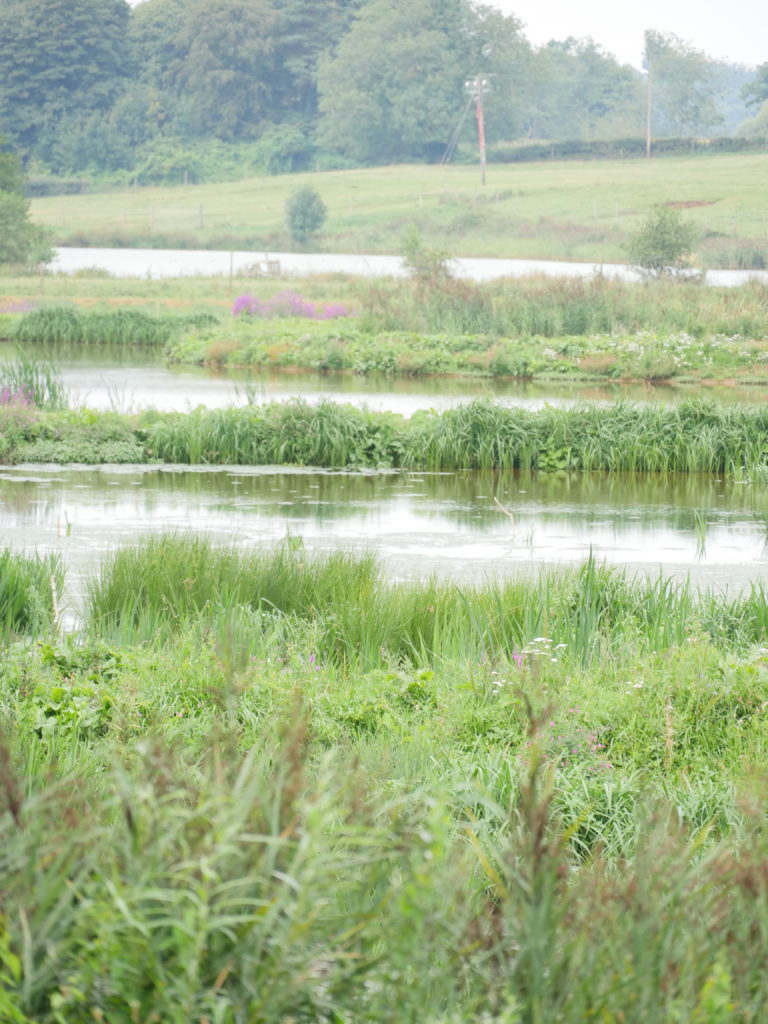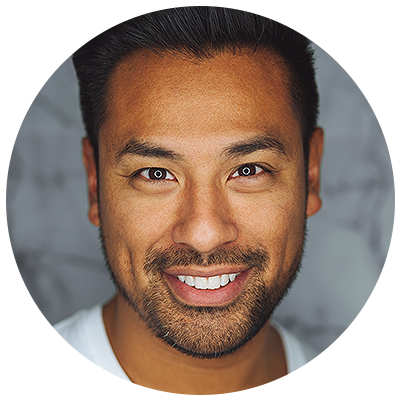Plastic pollution is a widespread epidemic that has crept dangerously into our waterways. To protect marine systems and ensure a healthier life for everyone, plastic pollution needs to be addressed on land using effective waste management systems.
We spoke with Joel Tasche, Co-Founder and Co-CEO at CleanHub, about how this organization is connecting people in coastal communities to waste collection to prevent plastic pollution from reaching waterways.
What was the “spark” that inspired you to start your organization?
It was a love of the ocean that led my co-founder, Florin Dinga, and me to start CleanHub. As passionate travellers and surfers, we witnessed firsthand the heartbreaking reality of plastic pollution. It was everywhere. Disheartened but motivated, we resolved to dedicate our working lives to keeping plastic out of the sea. Many thought it was impossible and doubted we could make a difference.
Fast forward to today, we’ve collected over 9,000,000 kg of plastic waste and partnered with more than 300 brands, helping them reduce plastic and collect more than they use.
What do you consider to be your biggest success? Can you share any stories of the impact your work has had that have surprised you?
At CleanHub, we believe our biggest success is achieving TÜV SÜD verification according to
ISO standards. This ensures our waste collection and management processes are transparent
and reliable. We’ve developed technology that meticulously tracks everything from collection to
disposal, allowing waste managers to prove they’re doing what they say and giving everyone
confidence in our impact. Our verified tech meets the highest standards on the market.
In addition, all CleanHubs are certified or working toward the highest social standards, like the SA8000 Standard for workers’ rights and our own verified plastic credit standards for non-recyclable plastics. The SA8000 certification is the leading social certification globally, providing a holistic framework for the fair treatment of workers. Recently, three members of CleanHub’s Impact Team have become certified SA8000 internal auditors. With this, our team can better support our mission of promoting sustainable and ethical practices in the waste management sector.
We also have many impact stories on the ground; one of them is the Clean Konad project in Kerala, India. Before our intervention, the community had no state waste management services, leading most locals to burn (66%), dump in the ocean (19%), or bury (10%) their trash. Our seven-point plan helped transform the community and consisted of the following steps:
1. Meeting the community to gather local opinions and explain the project
2. Setting out a blueprint plan in collaboration with families, forming a local collection team
3. Carrying out a baseline survey to assess waste management practices of 175 families
4. Running a collection trial that estimated waste volume and collection needs
5. Raising awareness and educating locals on plastic waste issues
6. Integrating our app, which ensured transparent and efficient data logging
7. Rolling out the program and beginning regular waste collections
We made an impact in four key areas: clean nature, in which we stopped harmful waste disposal methods, improving health and the environment; clean communities, in which we increased awareness and support for waste management from less than half to 99%; clean jobs, in which we provided employment for local women, boosting their income; and clean oceans, in which we prevented ocean dumping, significantly reducing plastic pollution.
This initiative not only improved waste management in Konad but also transformed community attitudes and provided sustainable jobs. This project was made possible by our partner, Green Worms, a waste management hub active in over 50 municipalities in South India that provides safe, dignified jobs for over 300 women.
How can protecting oceans and waterways help make the world better?
The ocean is our greatest ally against climate change, producing 50% of the oxygen we breathe and absorbing 25% of all carbon dioxide emissions. However, plastic pollution severely hampers these natural processes. Each year, about 11 million tonnes of plastic enter the oceans, causing severe harm to marine ecosystems and contributing to global warming. Marine microplastics, for example, hinder the ocean’s ability to sequester carbon from the atmosphere.
Stopping plastic pollution at the source — land and rivers — is the most effective strategy, as 80% of ocean plastic originates from these areas. Effective waste management systems are crucial to prevent plastic from reaching waterways. In many regions, the lack of such infrastructure forces locals to burn or improperly discard waste, harming both local ecosystems and human health. Around 2 billion people in coastal regions worldwide lack access to proper waste management, leading to open burning, dumping, or piling of waste in poorly managed landfills. This mismanaged plastic waste has a massive impact on our climate: open burning contributes 2–10% of global CO2 emissions, and waste in landfills releases methane, a greenhouse gas 28 times more potent than carbon dioxide.
We must build waste management systems in areas where they don’t yet exist to stop plastic waste before it gets burned or ends up in landfills or oceans. By addressing plastic pollution on land, we can protect our oceans and their crucial role in combatting climate change.
What are some of the challenges you typically face in carrying out your purpose?
One challenge CleanHub faces in implementing waste recovery in vulnerable communities is awareness and education. Educating communities about proper waste management is essential for long-term change. Many residents in vulnerable areas are unaware of the environmental and health impacts of improper waste disposal. Before starting any project, we conduct surveys to assess local attitudes toward waste and run awareness programs to educate residents about plastic pollution.
Another challenge revolves around policies and regulations. Effective policies and regulations, such as extended producer responsibility (EPR) laws, are essential. EPR mandates that producers manage the entire lifecycle of their products, including post-consumer waste. However, without robust infrastructure and enforcement, these laws are difficult to implement. In addition, there is a need for international treaties to mandate brand responsibility for waste, creating a level playing field and guiding business investments. This regulatory framework is critical for holding producers accountable and driving systemic change in waste management practices.
Are there any upcoming initiatives or projects you’d like to share?
We’re excited to share that our own CleanHubs are in the works, including new projects in the Philippines and Guatemala. These hubs will serve as plastic waste collection centres in coastal areas and regions without proper waste management systems. Our goal is to expand our impact by establishing CleanHubs in all plastic pollution hotspots around the world.
What can people do to help support your mission?
There are several impactful ways to support CleanHub’s mission to combat plastic pollution. One way is to reduce plastic use by minimizing your reliance on single-use plastics and opting for reusable alternatives. This helps decrease the overall demand for plastic production and waste.
Another way is to support sustainable brands, choosing to purchase products from brands that prioritize sustainability and are committed to reducing their plastic footprint. By doing so, you encourage more companies to adopt eco-friendly practices.
A third way is to raise awareness. You can do this by sharing information about plastic pollution and sustainable practices with friends, family, and social networks. You can also follow CleanHub on your favourite platform and help us spread the word. After all, education is a powerful tool in driving behavioural change.
And lastly, eco-conscious and forward-thinking brands can be part of the solution to plastic pollution by funding the collection of plastic waste. By partnering with CleanHub, they can prevent plastic from ever polluting the environment; improve people’s lives and create safe, dignified jobs; and collect more plastic waste than they use.
This story was featured in the Make The World Better Magazine:
